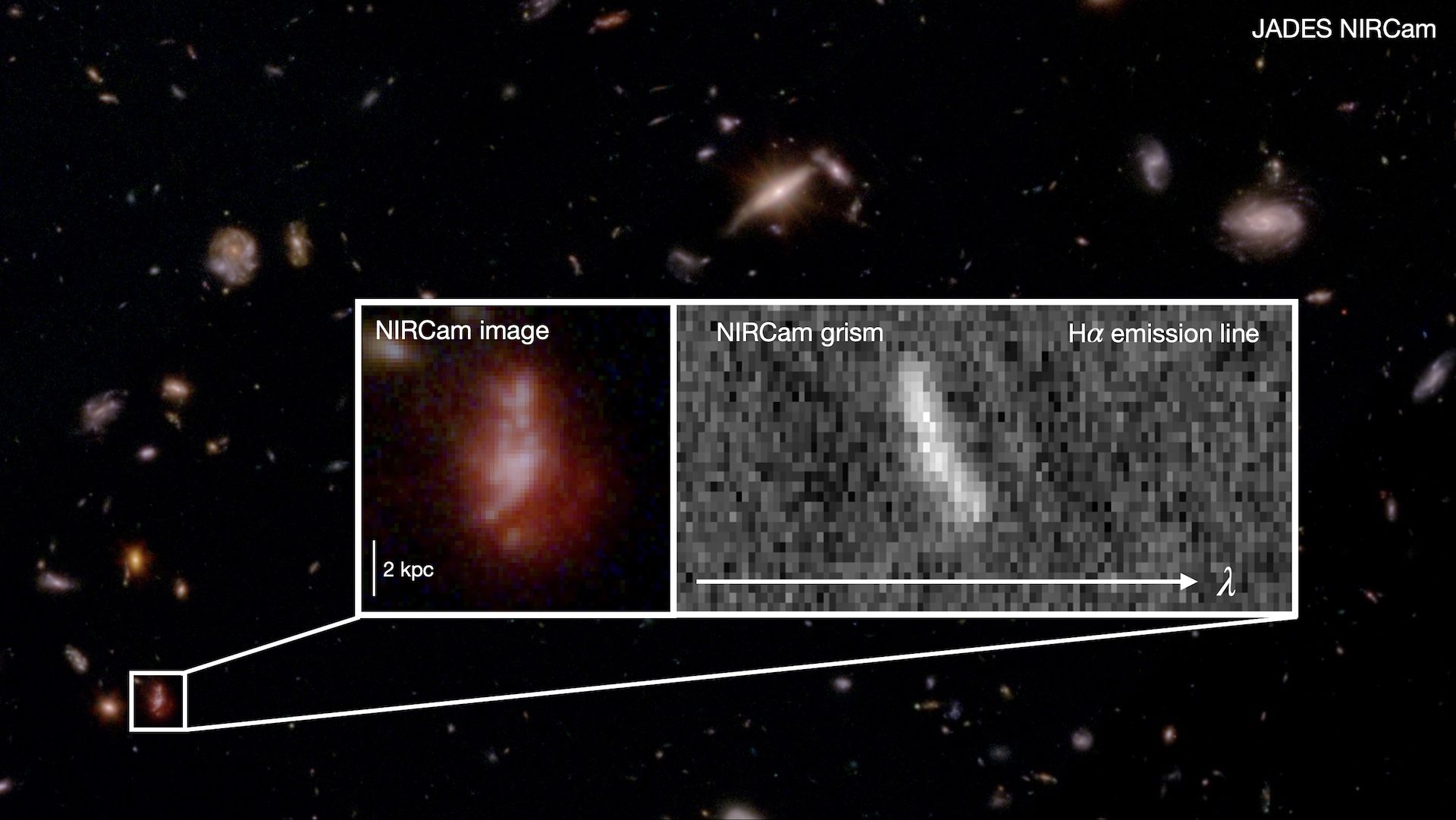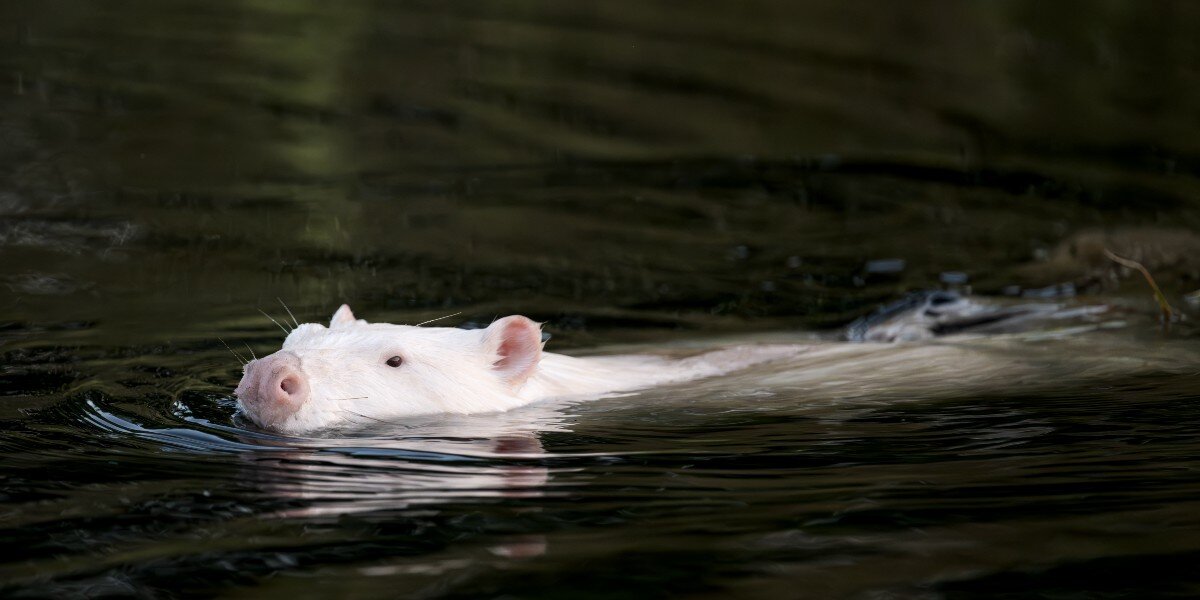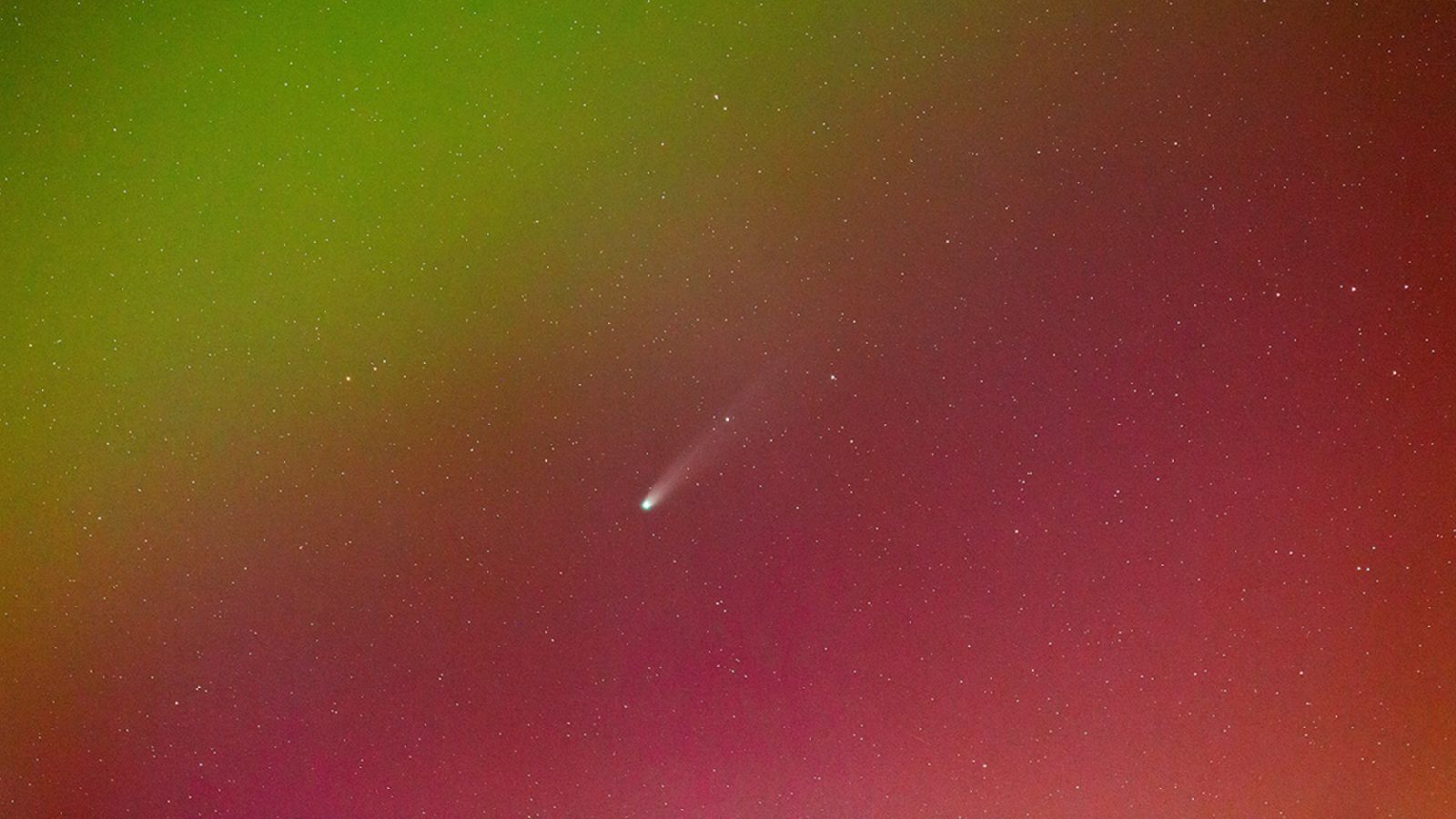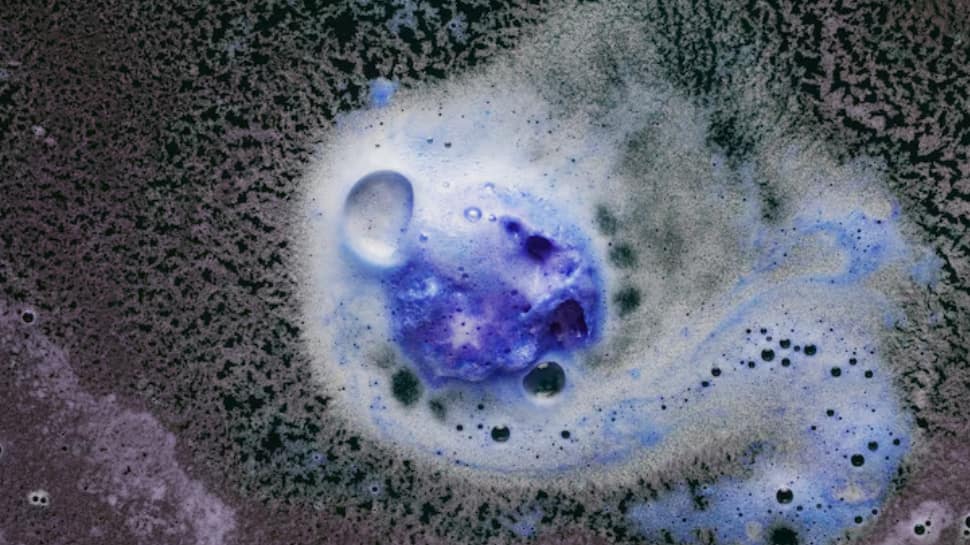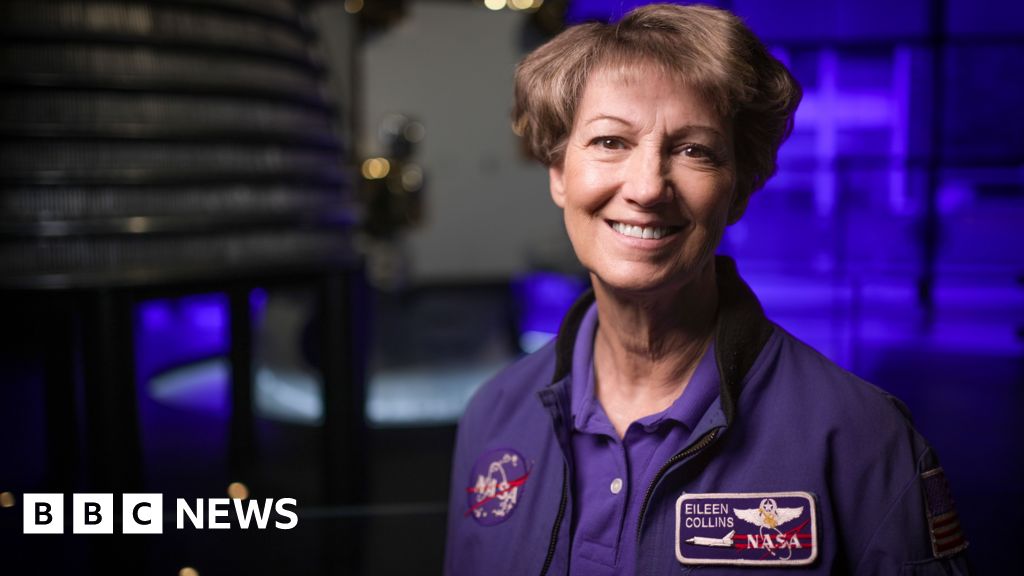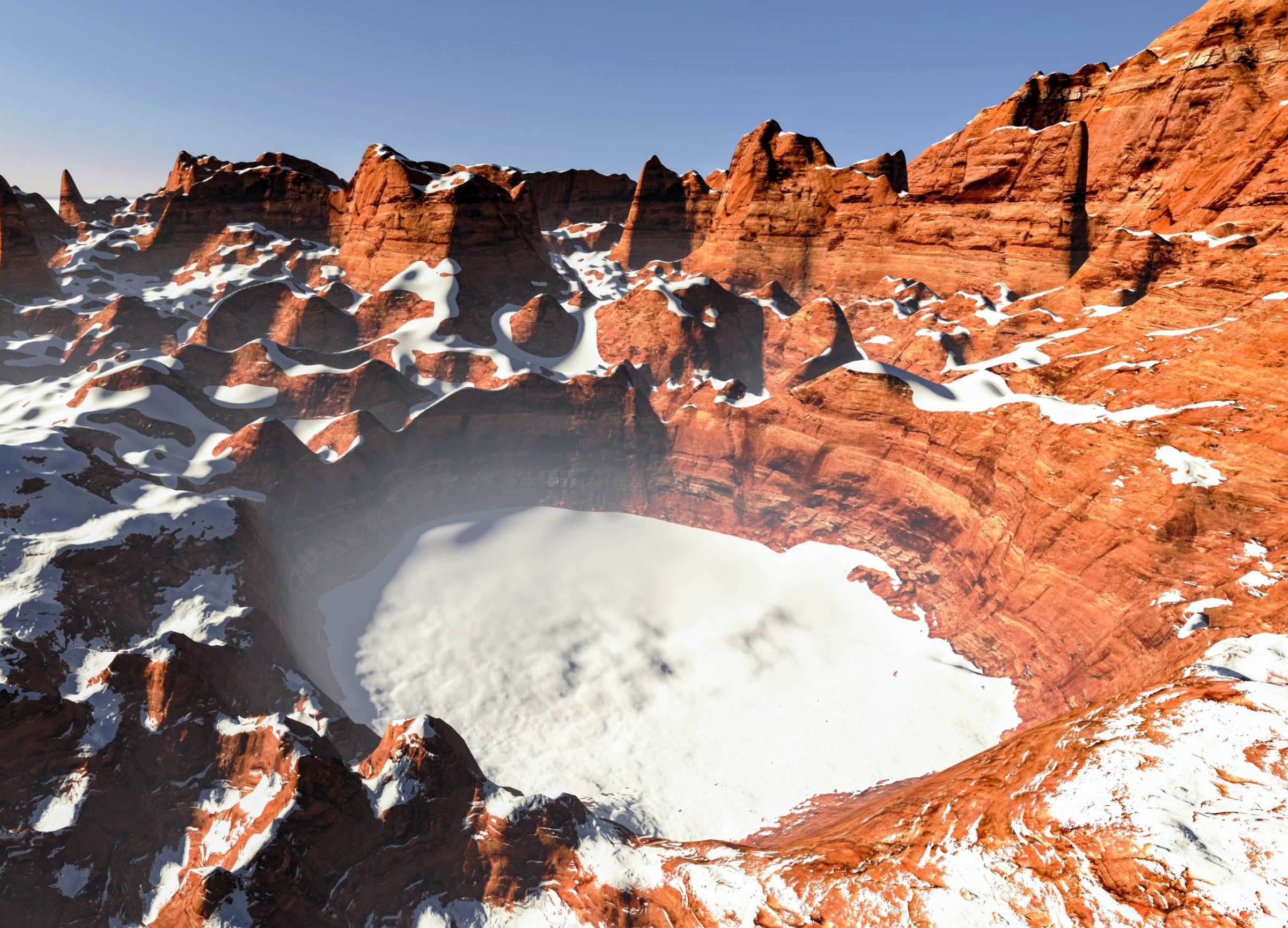Unbelievable Discovery: Astronomers Capture Images of Two Black Holes Dancing in Space!
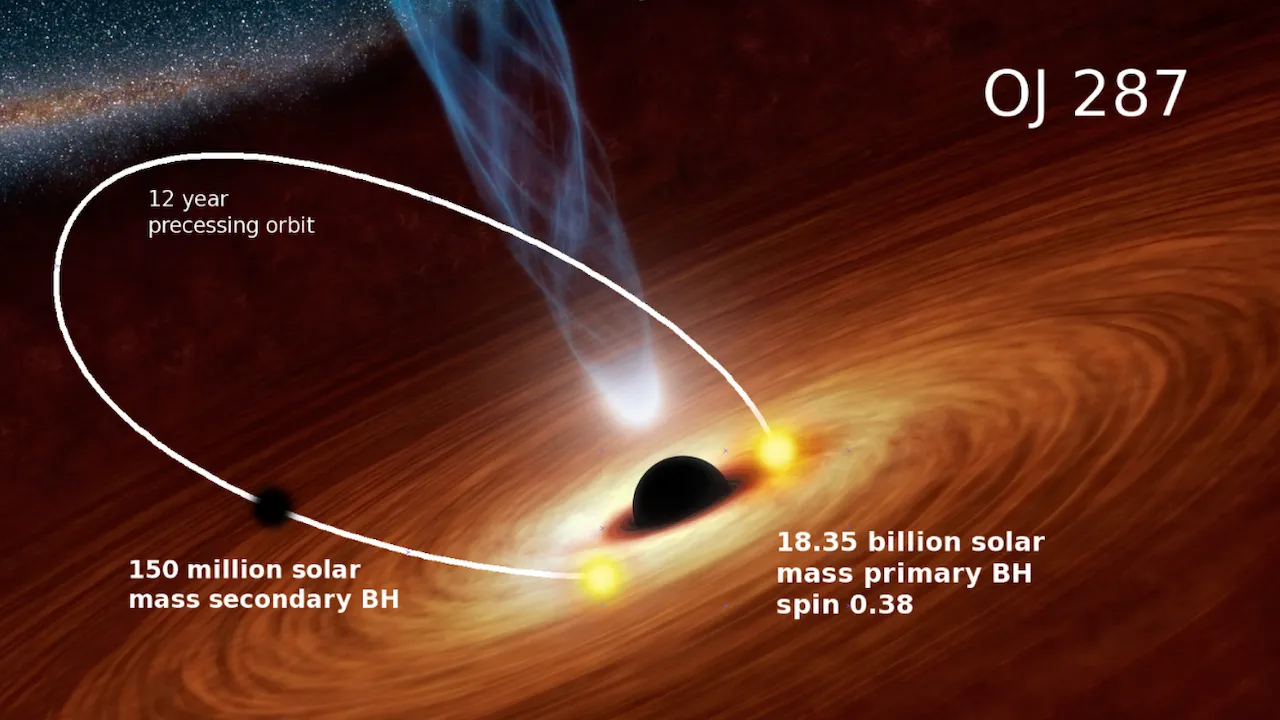
Imagine peering into the cosmos and witnessing a cosmic ballet of black holes. Well, that’s exactly what astronomers have achieved, capturing the first-ever images of two black holes orbiting each other in a quasar named OJ287!
In 2019, the world was stunned when the Event Horizon Telescope (EHT) unveiled the first image of a black hole at the center of the supergiant elliptical galaxy M87, located a staggering 53.5 million light-years away. Just three years later, in 2022, we were treated to another groundbreaking moment with the image of Sagittarius A*, the supermassive black hole at the heart of our own Milky Way galaxy. And now, astronomers are pushing the boundaries of our understanding even further.
Leading this ambitious project was Mauri J. Valtonen, an astronomer and professor at Tuorla Observatory and the University of Turku in Finland. His team, comprising international experts from institutions like the Aryabhatta Research Institute of Observational Sciences and the Tata Institute of Fundamental Research, successfully observed the dance of two black holes located 4 billion light-years away in the constellation Cancer.
But what exactly are quasars? These Active Galactic Nuclei (AGNs) are the fiery centers of galaxies that host supermassive black holes (SMBHs). These enormous beasts pull in surrounding matter, forming blazing accretion disks that radiate brightness across the entire electromagnetic spectrum. At times, these cores can outshine all the stars in their galaxy combined, creating stunningly powerful jets that shoot out into space.
OJ287 has a fascinating history. Initially spotted in the 19th century, it was Aimo Sillanpää, a Finnish astronomer, who proposed back in 1982 that two black holes were co-orbiting at its center. His theory was based on observable brightness variations that occurred on a regular twelve-year cycle. Astronomers worldwide have dedicated decades to monitoring OJ287, hoping to unravel the mysteries of binary black hole systems.
Valtonen states, “What is special about OJ287 is that it has been thought to harbor not one but two black holes circling each other in a twelve-year orbit.” This unique orbital dance results in a clear pattern of light variations, making it accessible even for amateur astronomers.
Through their observations, the research team estimates that the primary black hole weighs in at a staggering 18 billion solar masses, with a secondary black hole at 150 million solar masses. As the smaller black hole orbits its massive sibling, it interacts with the accretion disk, creating bursts of radiation that can be detected weeks in advance of each orbital impact.
In a remarkable twist, NASA's TESS mission provided images of the binary pair, though it lacked the resolution to distinguish them as separate entities. To get a clearer view, the team turned to the international Very Long Baseline Interferometer (VLBI) project, which includes the RadioAstron satellite that operates at incredible distances—halfway to the Moon!
“The image of the two black holes was captured using a radio telescope system that provided unprecedented resolution,” Valtonen explains. When the researchers compared their radio images with earlier theoretical predictions, they found that the black holes were exactly where they were expected to be, effectively proving the existence of co-orbiting black holes in quasars and solving a 40-year-old mystery.
For the first time, we can actually see two black holes engaging in a cosmic waltz, identified by the intense jets they emit. While the black holes themselves remain invisible, the particle jets and the luminous gas surrounding them tell the story of their dramatic existence.
Additionally, the team discovered a new type of jet from the secondary black hole, exhibiting a fascinating serpentine shape due to its rapid orbit. This jet's direction will continue to twist and turn, mirroring the dynamic dance of its orbital partner. Stay tuned for more stunning revelations about this cosmic duo!













